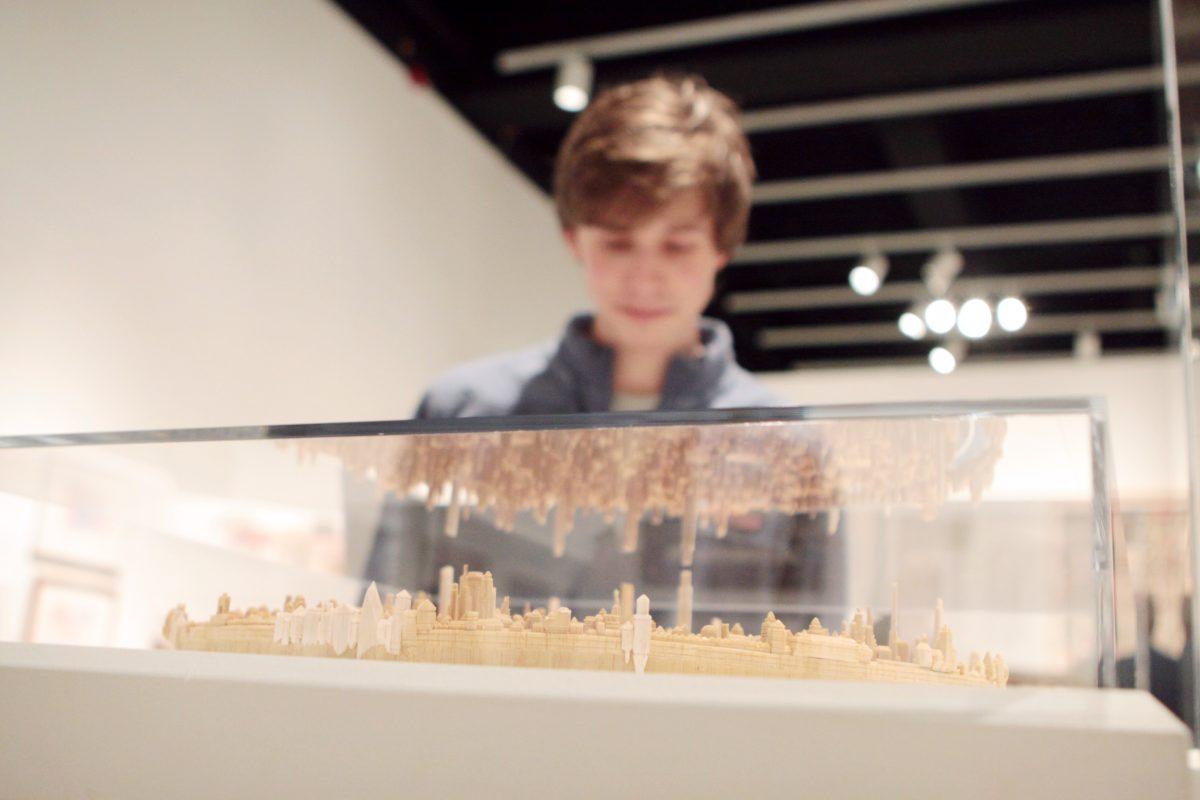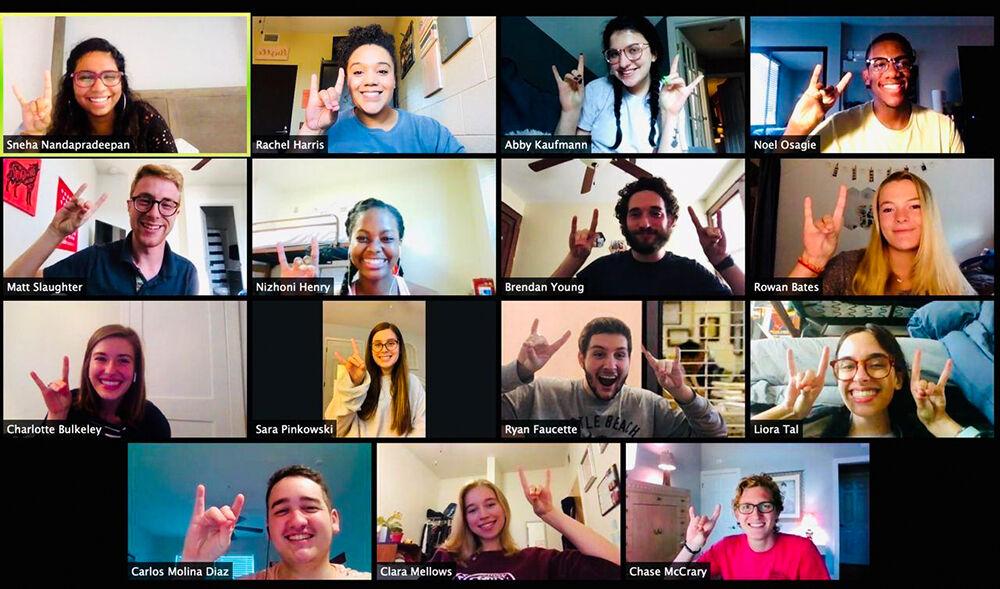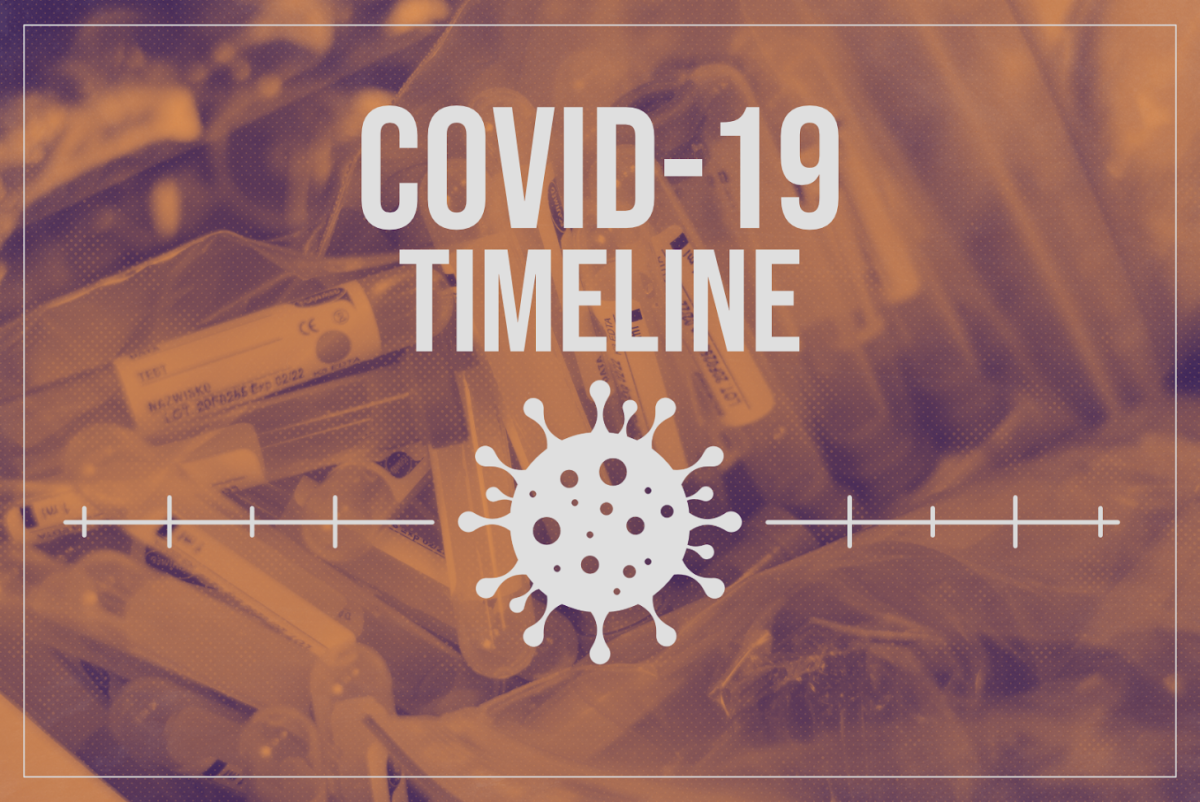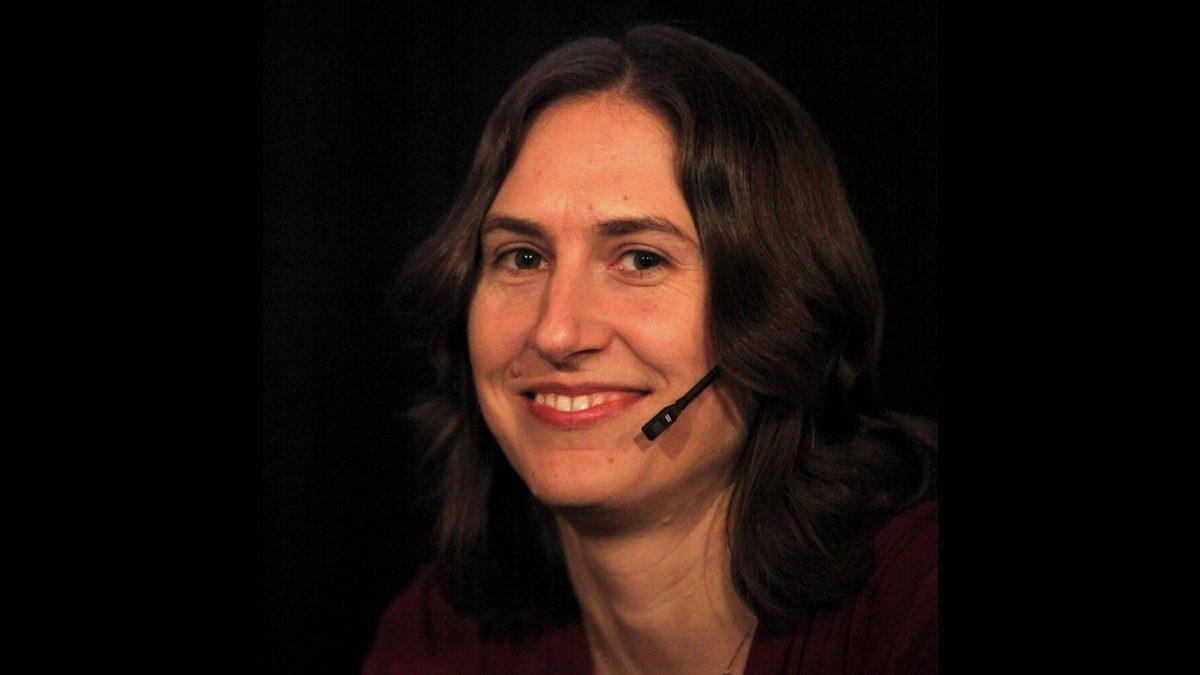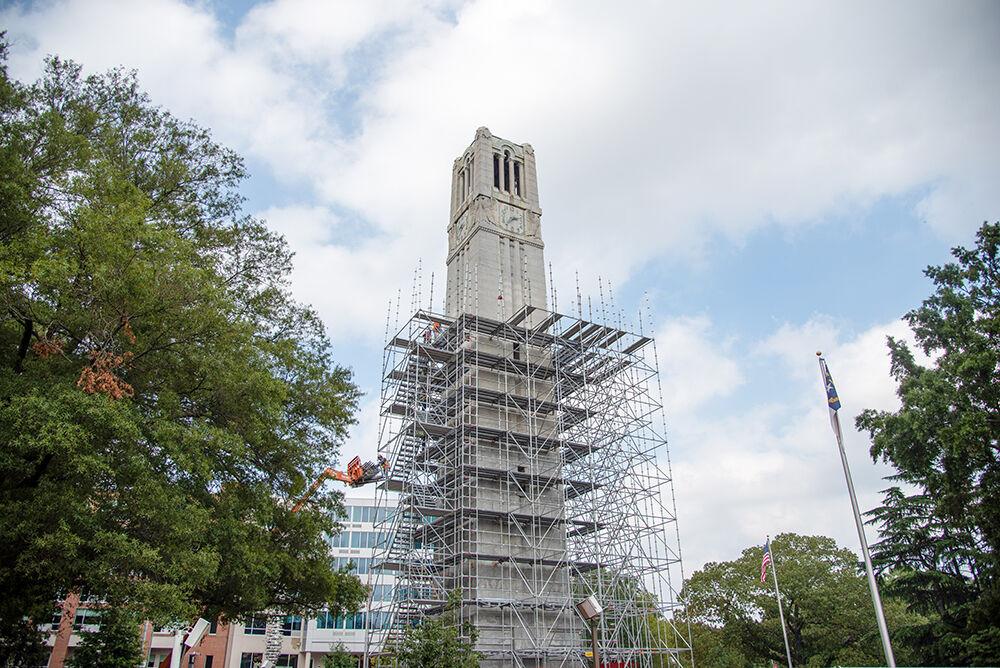Whether someone is a scientist, an artist or even just a little crazy, the two new exhibits in the Gregg Museum of Art and Design aim to address the entire campus community and highlight the University’s strengths.
Director Roger Manley wanted these two new exhibits to be more science-based than normal, while still maintaining the definition of art and design. The goal of the shows is to draw in students from other parts of the campus.
“Given the type of university that N.C. State is,” Manley said, “there’s this huge section of the university, the technological aspect, that has really never been represented in the museum.”
These two shows, Farfetched: Mad Science, Fringe Architecture and Visionary Engineering; and Humanature: Photographs of the Natural World by Peter Goin, are the last exhibitions in the museum’s current location in Talley before they move to the Chancellor’s old residence.
The museum is taking this opportunity to demonstrate their broad new focus to all of State, something the new shows were designed for.
Farfetched is an exhibit of some of the highly-creative and thought-provoking ideas that scientists have conceived over the years. The entire show is inspired by British mathematician Alfred North Whitehead’s statement, “Every really new idea looks crazy at first.”
One of the exhibitions, by florist Richard Brown, is a collection of miniature flying contraptions, space crafts and military vessels made from floral foam. These small sculptures are surprisingly sturdy and have inspired the notion of building ships in outer space with compact, durable foam-like materials, instead of designing and building them here on earth to endure the force of exiting and reentering the atmosphere.
Another exhibit is the work of a scientist who conceived the concept of genetically modifying seeds to encode them to grow into a full-scale house.
An exhibit that visitors can experience for themselves is a radionic healing machine called the Purr Generator. It was developed by Duncan Laurie, a designer who believed that a cat purring was the happiest sound in the universe. The machine simulates that experience for a human being and is supposed to make him or her more optimistic about achieving their life goals.
Many of these scientists and artists were criticized for their creative, before-their-time thinking, and some of them still are. Manley thinks this is because we have severed most bonds between art and science in our culture. People who try to mix them are often considered foolish.
“If you follow any science out far enough, you end up in an area of faith and belief and creativity that represents a bigger spectrum of what people are and the kind of ways that people think,” Manley said. “It’s only in the last couple hundred years that we’ve really felt this big need to separate out artists from scientists.”
The other exhibit, Humanature, is a collection of photographs created by Peter Goin that document the natural world.
The goal of Goin’s photos of the environment is to show how the things people might think of as natural may be more artificial than they realize.
An example that he documents is the long piles of recycled North Carolina Christmas trees that are dumped each year along the beaches. When they are covered over with sand, they create the natural dunes that people love to climb. The image shows how those dunes are actually human-designed barriers to protect the roads on our coast.
Sticking with the coastal theme, Goin photographed a North Carolina beach during vacation season when it was covered with tourists enjoying the beautiful, natural coastline. Next to this is his documentation of the very same beach being plowed back into place with backhoes during the winter to deal with the yearly erosion.
These photographs document the realities of human management of the environment. Regardless of his personal opinion, Goin wants the viewer to recognize that even our natural world is still being managed by us. The collection works to inform the viewer about these realities and to question his or her impact.
These two exhibits are about critical thought. The creators of these shows ask that viewers to come with an open mind ready to consider and question these ideas for themselves. They also want students from all over campus to join with them as they head into a new era for the Gregg Museum.


